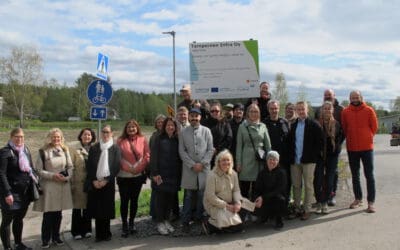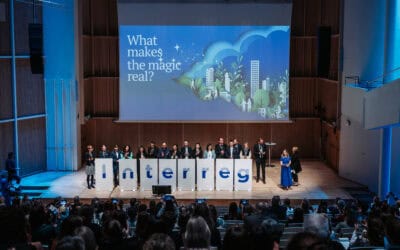Establishing more sustainable and competitive energy systems that have a less harmful impact on the environment are among the core challenges for the Baltic Sea region. Two Interreg projects, AREA 21 and LowTEMP, unlock energy efficiency potential by triggering public and private strategic partnerships for energy production and management and by offering low temperature district heating technology for more efficient heating systems.
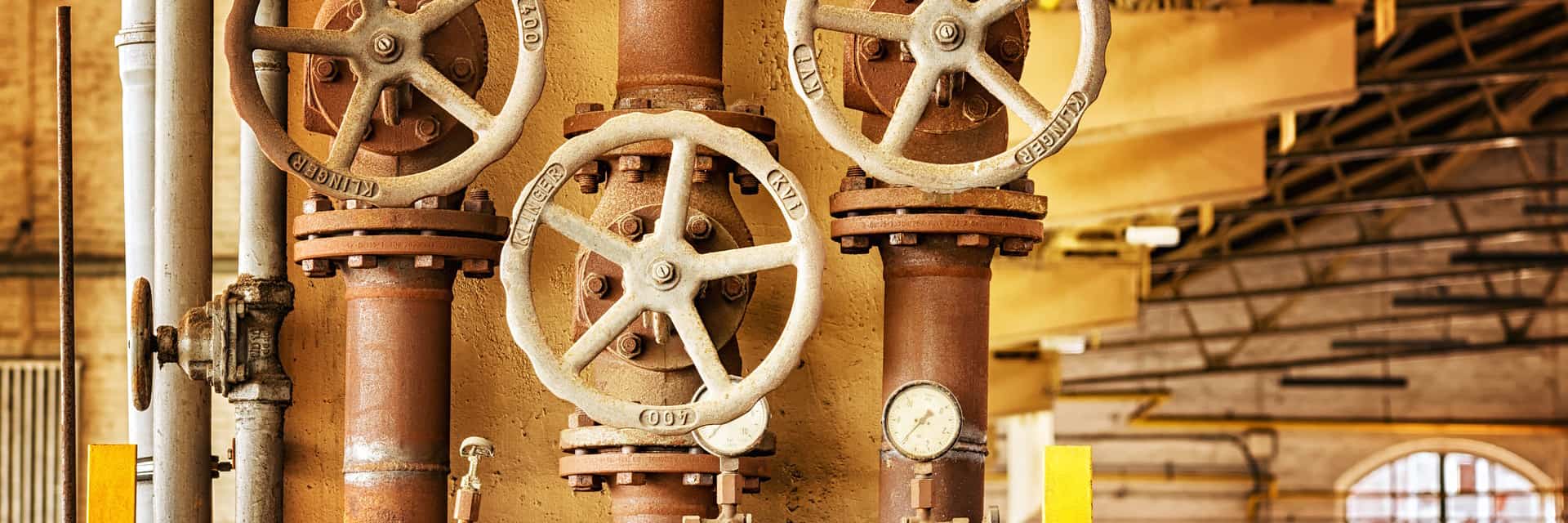
Symbolic_picture_pixabay
Why do we need to increase energy efficiency in the Baltic Sea region?
Following the EU Energy Efficiency Directive from 2016, Baltic Sea countries aim at 30% energy savings by 2030. This could be achieved by, among other things, improving the efficiency of heating systems, harnessing the energy saving potential of the existing building stock and involving consumers to better manage energy consumption. With more people living in cities than rural areas in the region, cities play an important role in improving energy efficiency and reducing greenhouse gas emissions at the same time.
AREA 21: low emission district of the 21st century
Currently, countries around the Baltic Sea apply different approaches and measures that only partly contribute to achieving their energy efficiency goals. Obstacles include fragmented energy chains, concentration on sectoral practices and insufficient or lack of cooperation among public authorities, energy utilities and end users. The need for strategic cooperative approaches has often been neglected, focusing rather on technical solutions instead. “Up to now these [energy improvement] strategies are mainly developed by the administration or maybe by the energy utility on its own. And certainly also the housing cooperatives or housing enterprises have their single strategies,” explains Jörg Knieling from HafenCity University Hamburg, project manager of AREA 21. This reflects the current inadequacy of existing energy planning instruments and cooperation strategies.
Ten partners from six countries within the project AREA 21 develop cooperative strategies to involve local and regional public authorities, energy providers and consumers in the processes of energy planning, decision-making and implementation in urban districts. Synergies created on a district level trigger new energy efficiency solutions that will be reflected in the Energy Improvement Districts, a transferable process model for integrated and collaborative energy efficiency planning. This new concept will be implemented in seven locations around the Baltic Sea region. The diversity of countries involved makes it easier to understand differences in energy planning culture and potential challenges, ensuring the development of more innovative, effective and open-minded piloting and knowledge exchange. According to Jörg Knieling, the compilation of such information and experiences helps “cross those planning culture boundaries” in order to identify concrete energy efficiency instruments. Another aspect is the project’s contribution to the climate mitigation: “I would really be very happy if we could contribute with new approaches and instruments to reducing CO2 emissions. That is one of my personal motivations to work in this project,” admitted Jörg Knieling.
LowTEMP: next generation of district heating
As well as the strategic thinking pushed forward by AREA 21, there is scope for improvement in terms of technologies used for energy supply. The prevailing system for many Baltic Sea cities is district heating. District heating is a centralised network providing heat to residential and commercial areas. However, the existing infrastructure of pipelines is often technologically outdated, which leads to energy losses and less efficient energy provision. It does not comply either with newly constructed buildings that are more energy efficient either.
Nineteen partners from Poland, Germany, Denmark, Sweden, Estonia, Finland, Latvia, Lithuania and Russia within the project LowTEMP propose solutions for more efficient and sustainable district heating supply infrastructure in the Baltic Sea region by introducing low temperature grids technology. Although the technology requires some upgrade to the infrastructure, by lowering the temperature of circulating water or steam, supply and return temperature losses are substantially reduced and renewable energy can be used better.
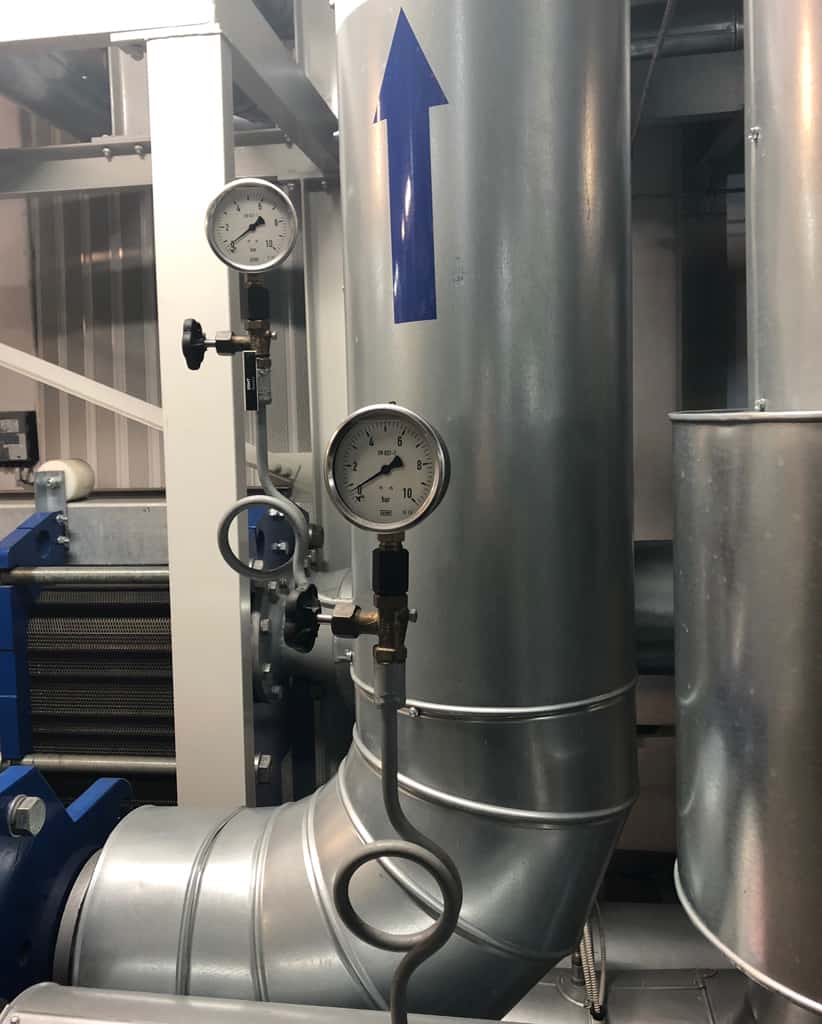
District heating plant, Wejherowo, Poland © Joanna Muszyńska, atene KOM GmbH
The project provides private and public stakeholders responsible for energy supply with theoretical and practical knowledge on low temperature district heating technology. Its newly developed knowledge platform collects information about the current state of existing infrastructure and technologies in district heating. In this way, transnational cooperation among nine countries facilitates effective exchange of diverse information resources. “There is a lot to learn from the others because everyone has some special know-how in the field of district heating and how to deal with it,” says Britta Schmigotzki from atene KOM, project manager of the project LowTEMP.
The project runs several pilot actions to test the implementation of the technology. For instance, the pilot planned in selected public buildings by the Latvian municipality Gulbene will demonstrate low temperature district heating applicability in northern climate conditions, while another pilot will test low temperature heat supply in the Polish Pomeranian region, as explains Adam Cenian from the Institute of Fluid-Flow Machinery Polish Academy of Sciences. This allows for the joint creation of transferable strategies to implement low temperature district heating grids around the Baltic Sea cities. “This means that in the project it’s really about the exchange,” emphasises Britta Schmigotzki.
The future: towards energy efficient thinking
Both LowTEMP and AREA 21 projects aim for so much more than just universally applicable technological renovations or filling in cooperational loopholes to increase energy efficiency. Being innovative catalysts in the energy efficiency field, they work towards strengthened public and private partnerships in joint implementation of new energy efficient solutions. Both projects are also future-orientated in terms of willingness to contribute to major behavioural changes and thinking. “There is still a lot to be done in terms of raising awareness,” stresses Galya Vladova from HafenCity University Hamburg, project coordinator of AREA 21, “to reach a bigger number of citizens, bigger number of people that would truly think energy efficient.”
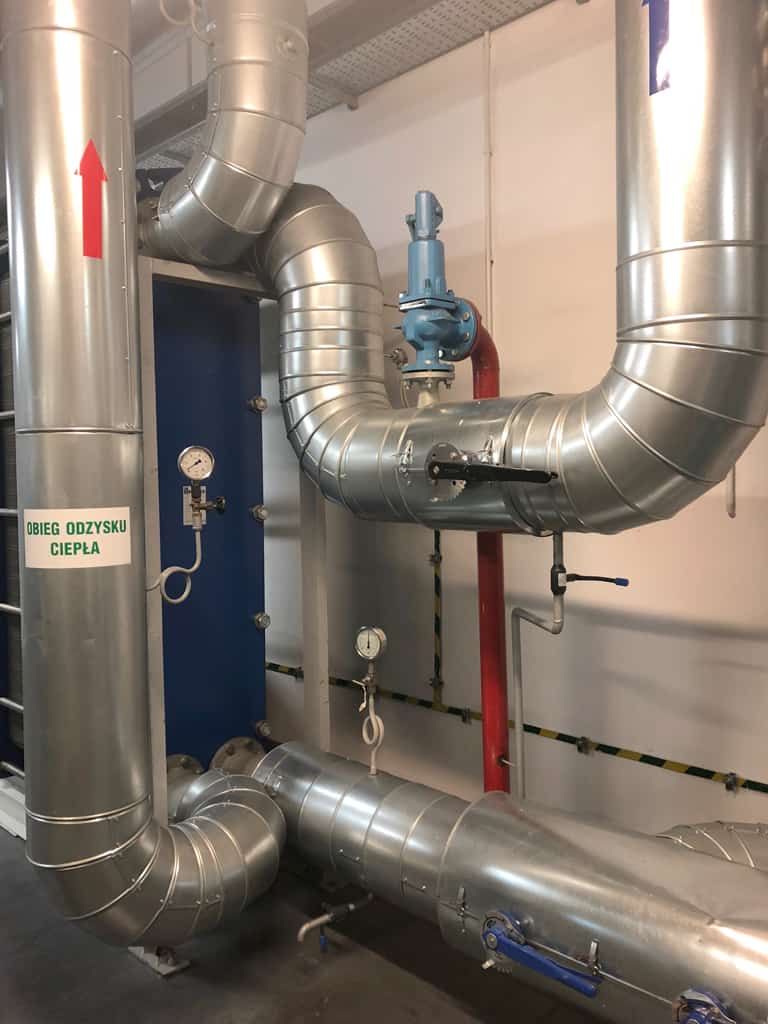
District heating plant, Wejherowo, Poland © Joanna Muszyńska, atene KOM GmbH
Written by Rūta Kaminskaite, Ivy volunteer
AREA 21 project entry in the Interreg Baltic Sea Region project library
LowTEMP project entry in the Interreg Baltic Sea Region project library
Interreg Volunteer Youth (IVY)



